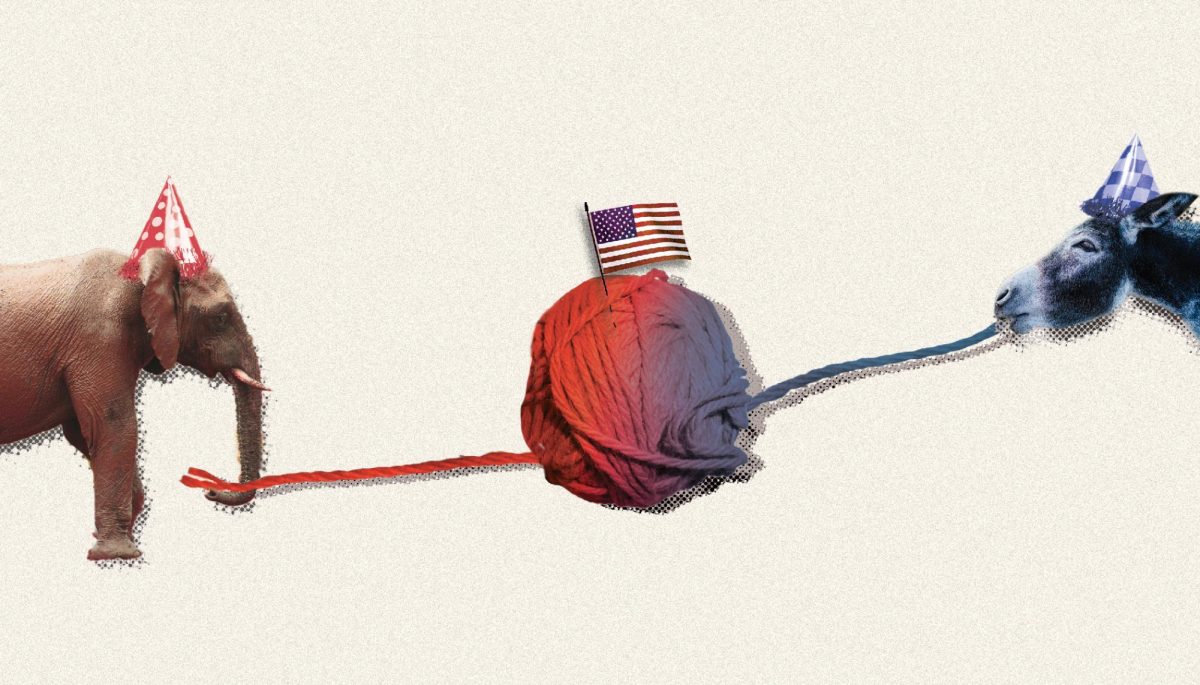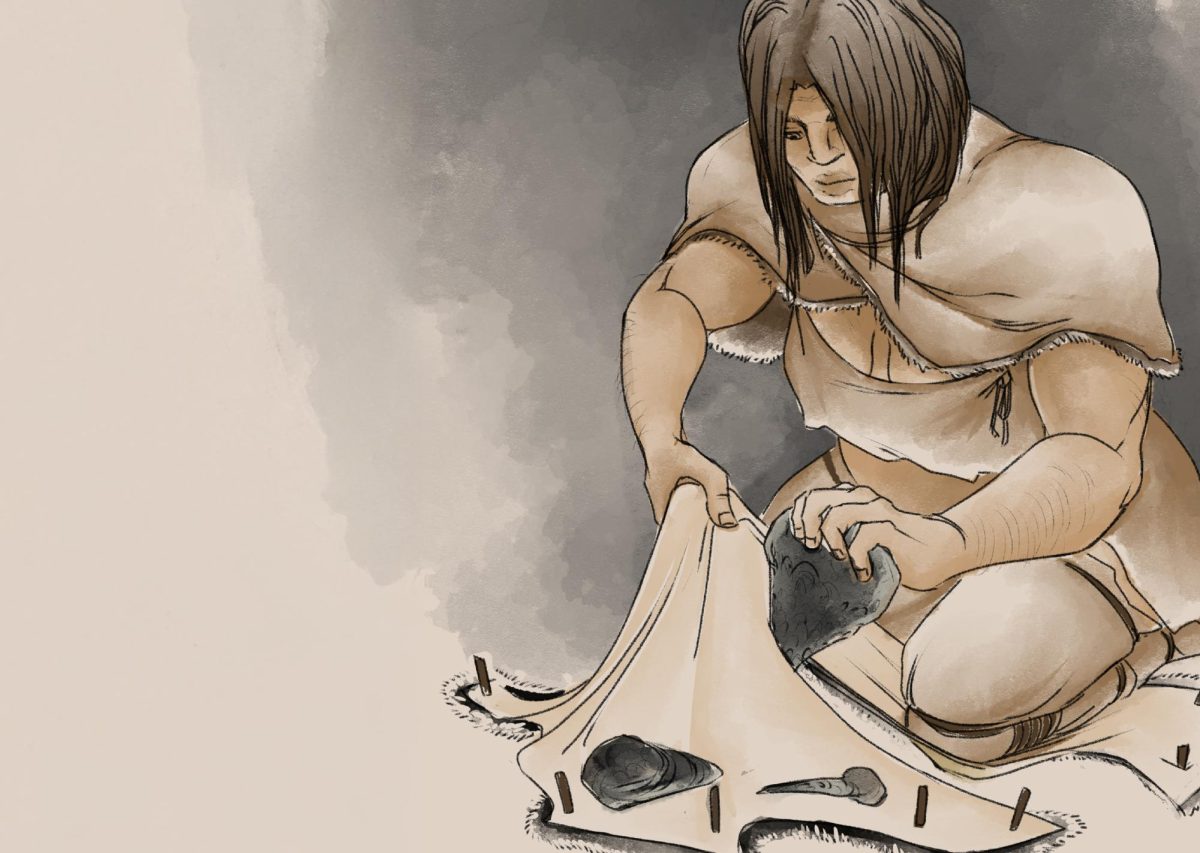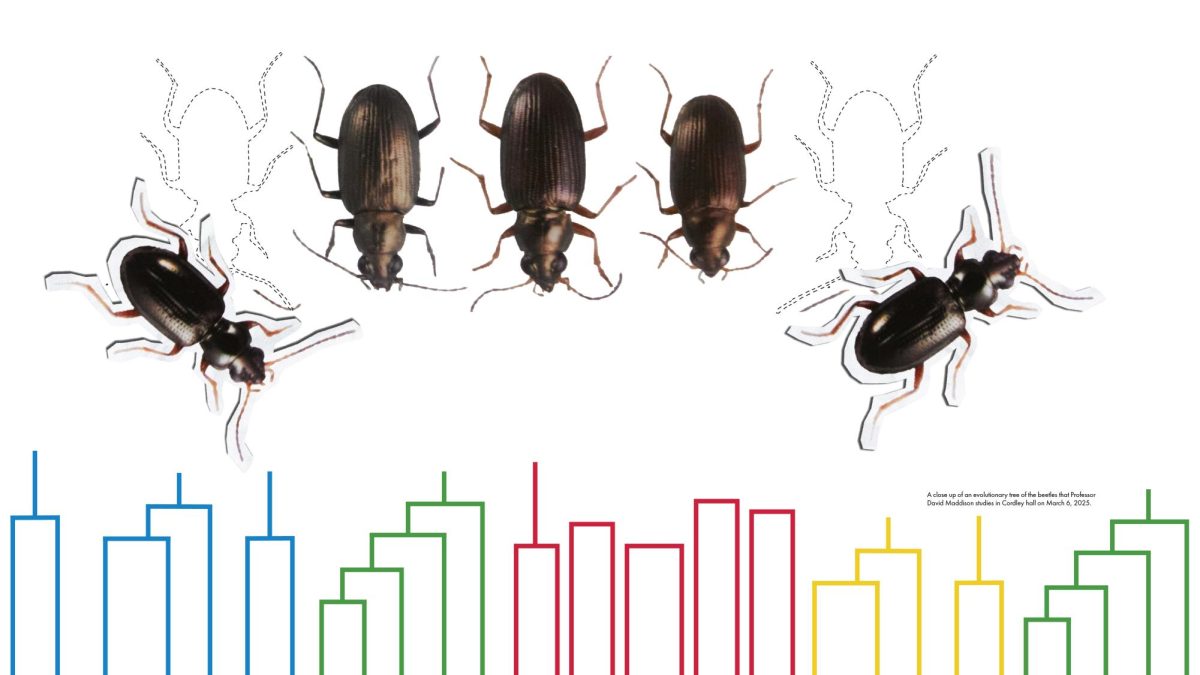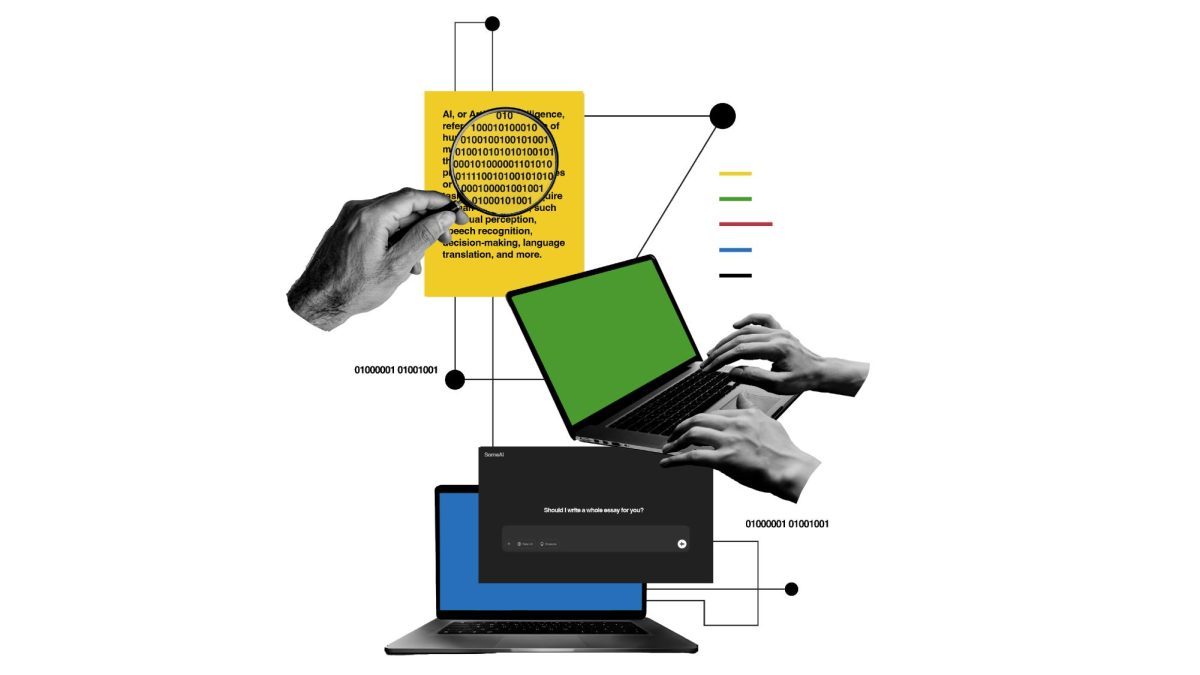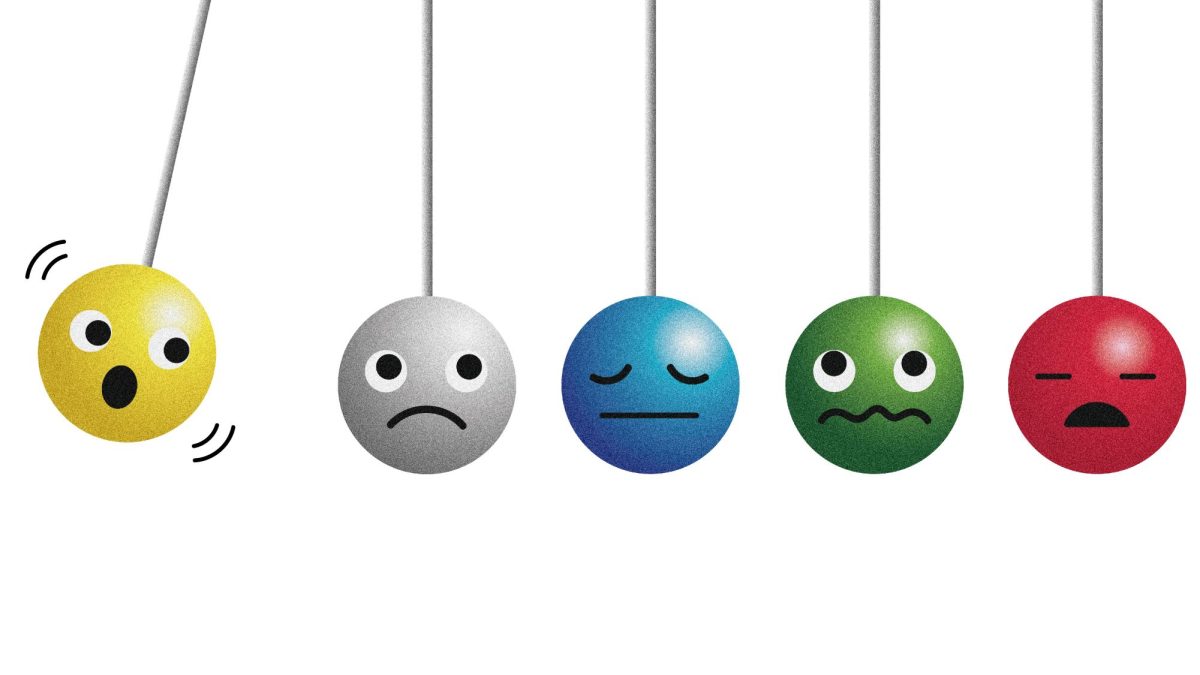“There is nothing which I dread so much as a division of the republic into two great parties, each arranged under its leader, and concerting measures in opposition to each other. This, in my humble apprehension, is to be dreaded as the greatest political evil under our Constitution.”
— John Adams, second president of the United States
America, and its political systems, have changed significantly since 1797, when John Adams was president. Not only in the very structure in which it is led, nor in the ideals of the separate parties, but also in the foundations of what America prioritizes in politics.
The past few months of debates, rallies and constant media coverage for the past general election might have many scrutinizing the two-party system.
What has our two-party system become? Have the negatives begun to outweigh the strengths?
The two-party system was initially created by the founding fathers in an attempt to eliminate divisiveness, and by 1796 America had two strong political parties — the Federalists and the Democratic-Republicans.
There has been much debate regarding the two-party system since its initial conception. Initially, the two-party system was highly debated and scrutinized, but the election of 1824 turned the system into a fairly widely accepted system in America, according to the National Archives.
In the election of 1824, John Quincy Adams received more electoral votes than Andrew Jackson, even though Jackson had initially received more of the popular vote. This was a major upheaval in American politics, and would become a significant historical event regarding the two-party system.
Some of the strengths the system was created for still ring true today.
“The biggest argument for (the two-party system) is that it is meant to prevent more potentially extreme views.” Erika Wolters said, a political science professor at Oregon State University. “It became much more palatable for people to be able to choose between two more moderate candidates.”
According to Wolters, in its essence, the two-party system was established to create a more straightforward political landscape for the American people.
By forming only two parties that were made with the interests of the voters in mind, it eliminates competition between other, more fringe political parties. The idea was that by having two parties with broad visions and interests, voters have a better chance of being heard.
According to Wolters, this can also lead to extreme polarization.
Polarization occurs in politics when two parties such as the Democratic and Republican parties cultivate such distinctly differing viewpoints that they have difficulty finding common ground.
This is something that we are witnessing today in our current electoral struggle, the ideals and viewpoints between the two parties becoming so polarized, there are fewer mutual understandings that can be reached.
A Pew Research poll revealed that a growing number of both Republicans and Democrats believe that members of the other party are more immoral, dishonest and closed-minded than other Americans.
One of the main critiques of this system is that of the 330 million people in America, a substantial portion of the people feel they aren’t being listened to, and that the topics they care about aren’t being discussed.
“I think it used to be that you could work with and coalesce around common causes,” said Farrah Chaichi, a member of the Oregon House of Representatives. “But one of the weaknesses is you have to be a big tent … You’re going to have people under that tent who vehemently disagree on certain issues even though you’re on the same side,”
Rep. Chaichi is part of the Democratic Socialists of America, a socialist chapter of American politics. The DSA is a smaller subset of the Democratic party of America.
Although on some points the Democratic party aligns with ideals of the DSA, other times they do not. This is also likely true on the right, where subsets of parties with origins in the Republican party now feel unheard by the big tent party, according to Rep. Chaichi.
Although the initial strengths of the two-party system upon establishment still hold some weight in politics today, so many difficulties have emerged, some voters are beginning to look for changes within this system.
According to another Pew research poll, 63% of Americans express they are dissatisfied with current political candidates. Additionally, Republicans from any age group are more likely to show less support for a more diverse pool of political parties, Pew Research Center maintained in another article.
Tension is emerging not only among the political parties but also within them.
The hope is that this tension will lead to an improvement of the highly-critiqued system. This change is possible due to the lobbying and involvement in politics of younger generations, according to Chaichi.
Whether we are moving towards a multi-party system or simply more of an emphasis on voices that aren’t being heard will be decided in the future. For now, all we can do is be aware of the issues happening on a systemic level, and speak out for our beliefs.
“Liberty cannot be preserved without a general knowledge among the people.”
— John Adams, second president of the United States

